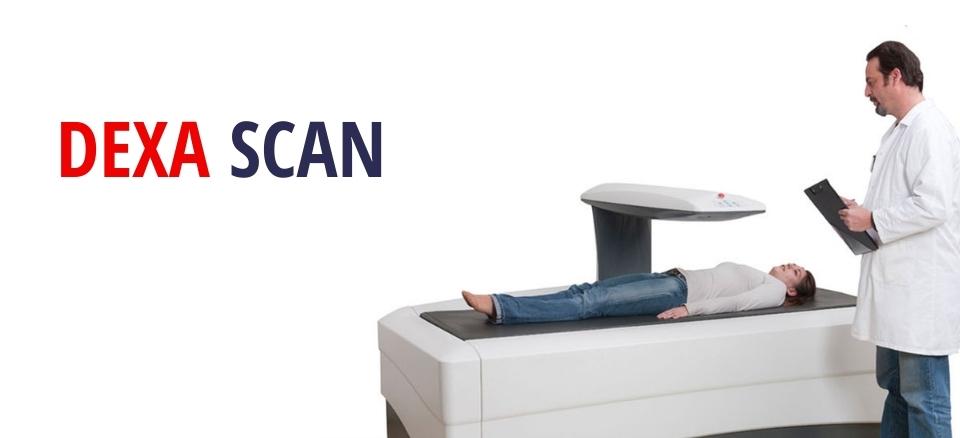
In the realm of medical diagnostics, Dexa Scan stands out as a pivotal tool for evaluating skeletal health. As technology continues to advance, the significance of bone density assessment becomes increasingly apparent, and Dexa Scan emerges as a key player in this field. This article aims to demystify the Dexa Scan, offering a comprehensive guide to understanding its role in assessing and maintaining skeletal health.
Understanding the Basics: What is a Dexa Scan?
Dexa, or Dual-Energy X-ray Absorptiometry, is a non-invasive imaging technique primarily used to measure bone mineral density (BMD). It involves passing two X-ray beams of different energy levels through the bone being examined. By measuring the amount of X-ray energy that is absorbed by the bone, the Dexa Scan can accurately assess bone density and identify conditions such as osteoporosis, osteopenia, and other bone-related disorders.
The Significance of Bone Density Assessment
Bone density is a critical indicator of skeletal health, representing the amount of mineral content in bones. Maintaining optimal bone density is crucial for preventing fractures, especially as individuals age. Dexa Scans play a pivotal role in diagnosing conditions characterized by low bone density, enabling early intervention and management.
Who Should Consider a Dexa Scan?
Dexa Scans are commonly recommended for individuals at higher risk of developing bone-related issues. This includes postmenopausal women, elderly individuals, those with a family history of osteoporosis, and individuals with certain medical conditions or taking medications that may impact bone health. Additionally, athletes and individuals with specific dietary habits may also benefit from periodic Dexa Scans to assess bone density and overall skeletal health.
Preparing for a Dexa Scan: What to Expect
One of the advantages of Dexa Scans is their simplicity and minimal invasiveness. Patients are typically asked to wear comfortable clothing and remove any metal objects that might interfere with the X-ray imaging. The procedure is quick, painless, and does not require any special preparation, such as fasting. The patient lies on an examination table while the Dexa machine scans specific areas, usually the hip and spine, producing detailed images for analysis.
Interpreting Dexa Scan Results
Dexa Scan results are presented in the form of a T-score, which compares an individual’s bone density to that of a healthy young adult. A T-score above -1 indicates normal bone density, while scores between -1 and -2.5 may suggest osteopenia (lower-than-normal bone density). T-scores below -2.5 often indicate osteoporosis.
Taking Action: What Comes Next?
Based on Dexa Scan results, healthcare providers can develop personalized strategies to address any identified issues. This may include lifestyle modifications, dietary changes, supplementation, or prescribed medications to enhance bone health. Regular follow-up Dexa Scans may be recommended to monitor progress and adjust interventions as needed.
Conclusion: Empowering Skeletal Health Through Dexa Scans
Dexa Scans provide a valuable window into skeletal health, allowing for early detection and management of conditions that can significantly impact one’s quality of life. By understanding the basics of Dexa Scan and its role in bone density assessment, individuals can take proactive steps towards maintaining strong and healthy bones throughout their lives. Regular consultations with healthcare professionals and adherence to recommended interventions can pave the way for a future marked by skeletal well-being.


